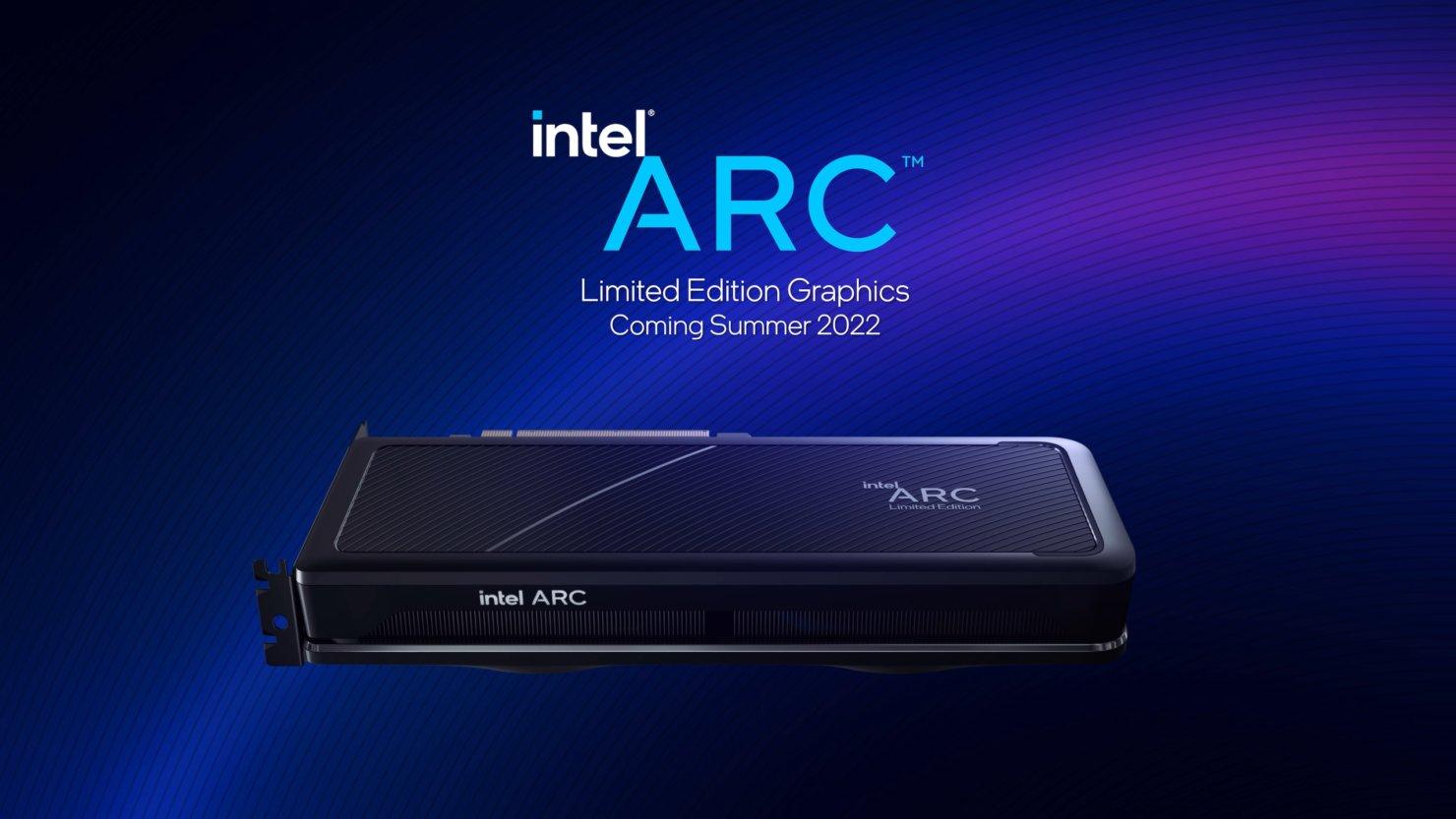At the end of the presentation of the Intel Arc A-Series, the company wanted to give a little head start. He showed off some images of what his desktop gaming graphics cards will look like. These graphics cards will have to compete with the NVIDIA RTX 30 and AMD RX 6000 series, in addition to the RTX 40 series which will be released by the end of the year.
Intel previews Arc for desktop
Being able to know how the new graphics cards will physically be is something interesting. Obviously it would be more interesting to know how these graphs will work, but for that there is still time. In the image you can see that the launch would be in summer 2022
There is something interesting about the presentation and it is a “Limited Edition Graphics”. It looks like Intel won’t be releasing them in a massive way, but rather a limited release. This strategy is a bit strange and not usual. It is not excluded that the company has a special edition model to commemorate the launch (perhaps with a special heatsink).
It’s possible that “Limited Edition” has to do with Intel’s reference model. It would be something like NVIDIA Founder’s Edition. The normal thing is that the reference model is launched first and then the custom models by assemblers such as ASUS, Gigabyte or EVGA.
From what little we could see, it’s the heatsink design, which features a dual-fan system. Additionally, video connectivity has been seen, with one HDMI and three DisplayPort. The specifications are unclear, but it is not excluded that it is an HDMI 2.1.
suspense until summer
Of all the featured products, only the Intel Arc 3 will hit the market right now. We’ll see them in laptops that should start shipping soon. The rest, the Arc 5 and the Arc 7 will be integrated into laptops in the summer. Just in the summer, the dedicated game models will be launched, as reported by the company itself.
Just in the summer, XeSS AI technology will arrive. This technology, simply explained, allows games to be scaled from a lower resolution to a higher resolution thanks to artificial intelligence. It is intended as an alternative to NVIDIA DLSS and AMD Super Sampling technologies. All these technologies have in common that they seek to compensate for the performance losses generated by Ray Tracing.
And it is that the new Intel graphics cards in their entirety (from the simplest to the most powerful) offer support for Ray Tracing. This shows that NVIDIA has innovated in this segment and that AMD and Intel have had to adapt to support this technology in their products.









